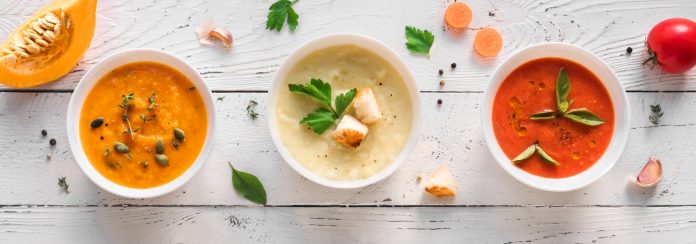While soup has served as a staple for many, particularly through the cooler months, consumers are now demanding much more.
IBISWorld Senior Industry Analyst Suzy Oo tells Retail World that several “well-entrenched” brands in the category, such as Continental and Campbell’s, are perceived as pantry staples by many Australian consumers. Over the past five years, however, she says rising health consciousness has affected revenue generated from soup.
“Consumers have become increasingly conscious of the ingredients that go into their food products, with some individuals actively reducing their consumption of highly processed foods,” she says. “Canned soups in particular tend to be high in sodium and fat content, which has caused many consumers to shift away from these products.
“Producers have attempted to retain consumer interest through the expansion of specialty, reduced salt and lower calorie soup ranges. The Heinz Soup of the Day range is an example of this trend, where flavoured soup products are packaged in pouches and marketed as a premium alternative to traditional canned soups. Growth in the number of specialty soup options at the retail level, combined with rising premiumisation trends, is driving demand for higher margin soup products.”
Pandemic push for healthy and local
It’s fair to say that Covid-19 has had a significant influence on most FMCG categories, offering opportunities and challenges along the way.
Discussing its impacts on soup, Ms Oo says the pandemic and associated grocery panic-buying behaviour bolstered category sales, with soup’s affordability and long shelf life appealing to consumers seeking to stockpile essential items.
“However, many supermarkets and grocery stores, including Woolworths and Coles, imposed purchase limits on these highly sought-after products, and this is expected to have curbed significant growth in packaged soup sales during the lockdown periods,” she says.
Complex tastes
While many Australians may be seeking locally sourced products (in this feature’s case, soup), it’s also suggested – by Ms Oo – that multiculturalism trends are “reshaping” consumer preferences for soup products.
“Instead of consuming ready-made soups as they are, many individuals are integrating more flavours and ingredients to customise their soups,” she says.
“More sophisticated tastes will likely drive demand for non-traditional soup flavours, a trend that’s likely to be partly fuelled by increasing consumer preferences for Asian style cuisines. Examples of popular Asian soup flavours include miso, laksa, pho and Thai coconut soups.”
This complexity is also reflected in the diversity of dietary requirements, which Ms Oo addresses.
“Expanding dietary requirements mean retailers need to stock a broader range of products, such as gluten free and vegan soups,” she says.
Find out more about the soup category in the June issue of Retail World.




